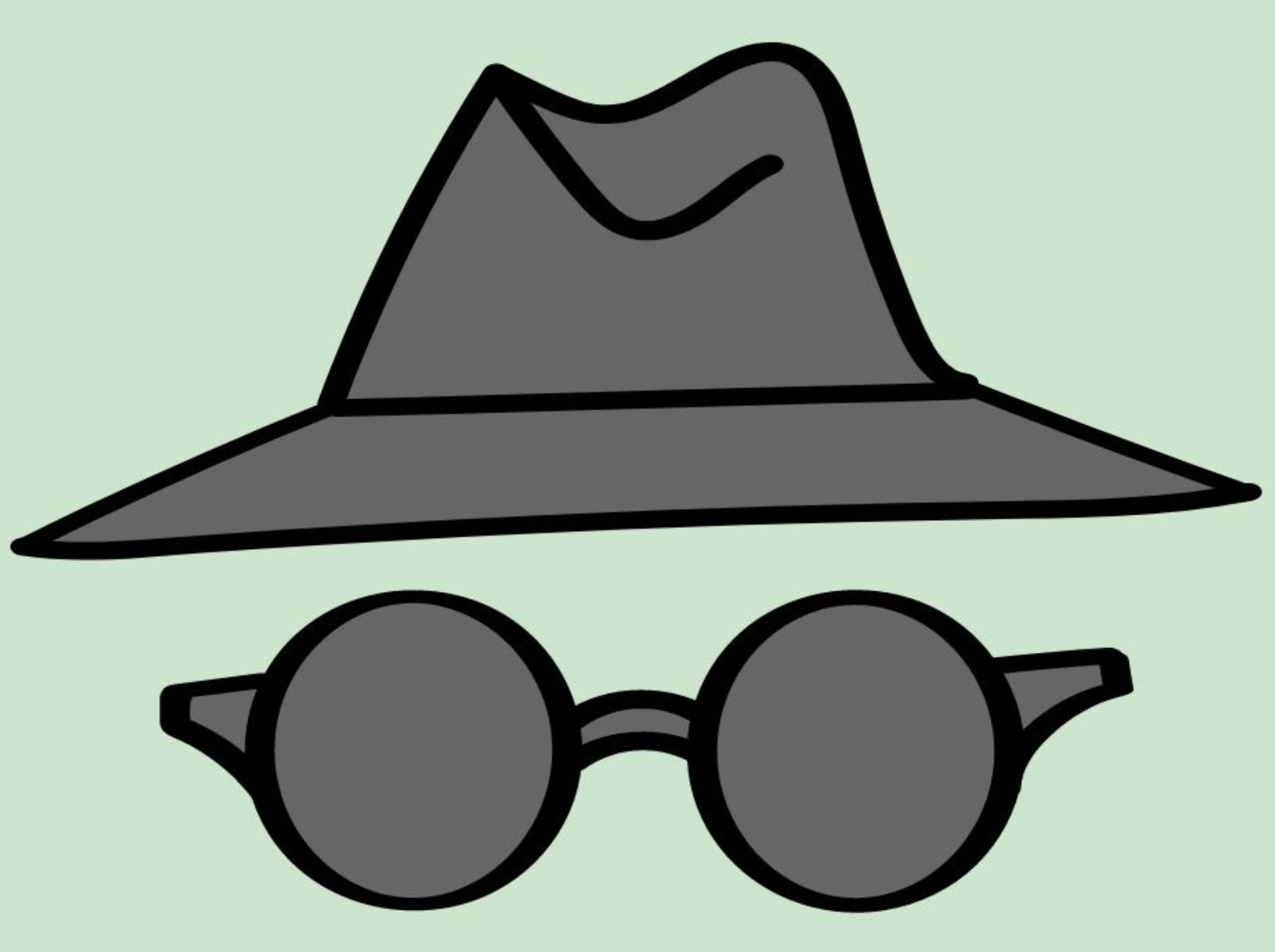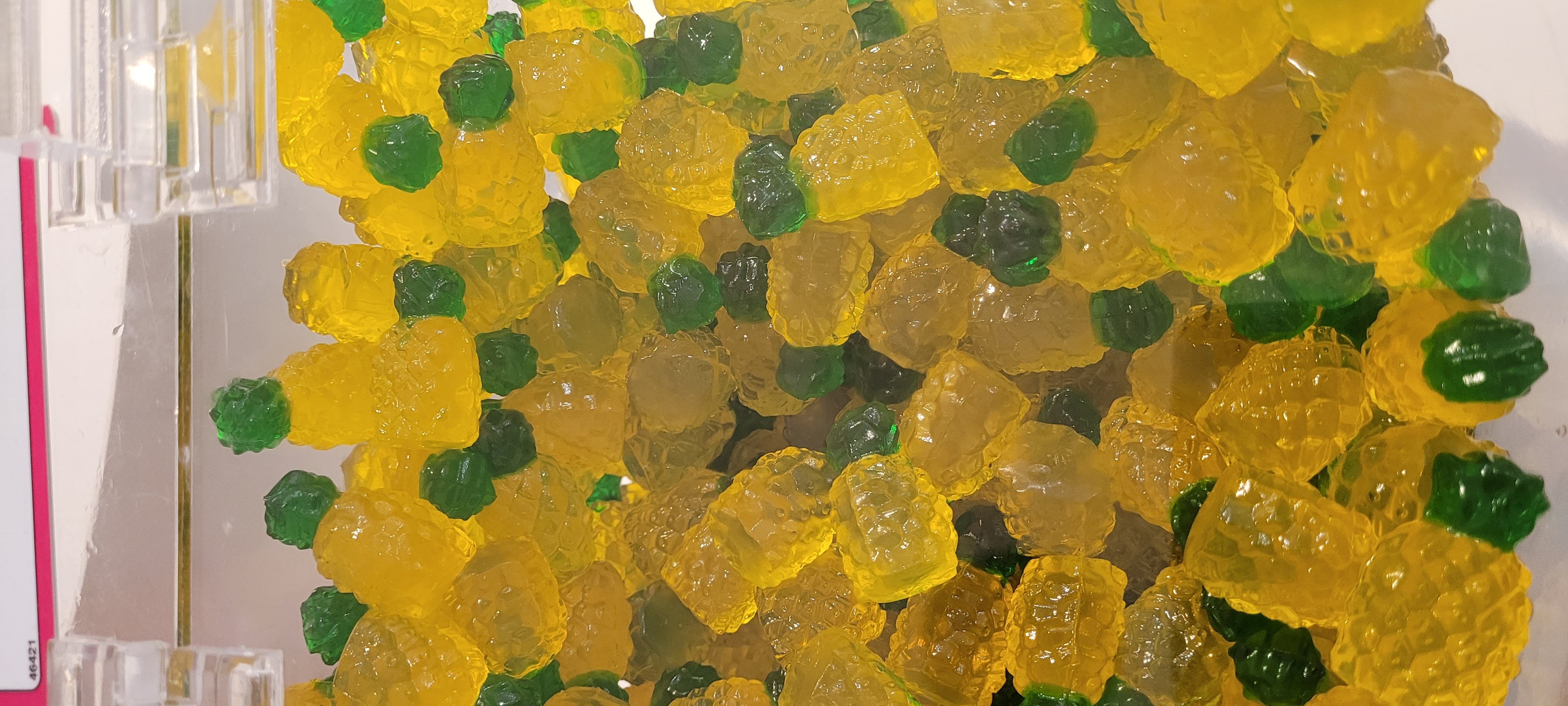For instance, a foot…is basically a foot length. So there’s this foot-measuring waddle some people do walking literally heel-to-toe to get a general sense of the space. An inch is kinda a finger width, etc (they’re all not perfect by any sense).
I’ve decided to just take the plunge and basically re-learn all my measurement systems because I’m seeing less and less of those being used. I started with just memorizing all the conversions but that’s literally just adding another step. Everything I own basically has settings to switch or show both measurements (like tape measures) so I’m just going to stop using Fahrenheit and the United states “Customary System” all together.
Any tips or things you’re taught or pick up on? There’s a funny primary school poem for conversion of customary liquid measurements,
Land of Gallon
Introducing capacity measurement to learners can be challenging. To make this topic more accessible and memorable, we can integrate creative and interactive activities into our teaching approach. Using storytelling, we can transform the sometimes daunting task of learning measurement conversions into a whimsical tale.
- In the Land of Gallon, there were four giant Queens.
- Each Queen had a Prince and a Princess.
- Each Prince and Princess had two children.
- The two children were twins, and they were eight years old.
Once students are familiar with the story be sure they see the connection between the story characters and the customary units of capacity measurement. If necessary, label the story pieces with their corresponding units of measure: queen = quart, prince/princess = pint, children = cups, 8 years old = 8 fluid ounces. You can reduce the number of customary units in the story based on student readiness. link
tl;dr looking for anything to remember the hierarchy and memorizing the metric and Celsius measurement system, sometimes explained in schooling or local sayings. (if I had an example for those systems I would give one lol).
deleted by creator
A good base is knowing milli is a thousandth and kilo is a 1000 1000 milligram = a gram, 1000 grams = a kilogram 1000 millililters = a liter, 1000 liters = a kiloliter 1000 millimeters = a meter, 1000 meters = a kilometer
Plus, they’re all connected. 1 gram of water is 1 milliliter and takes up 1 cubic centimeter.
Plus, they’re all connected. 1 gram of water is 1 milliliter and takes up 1 cubic centimeter.
To heat said water by 1 degree celsius (or kelvin) you need one calorie. If one newton were to displace that water through the distance of one meter, the amount of work done would be 1 milijoule.
Ive never heard kiloliter, at that point I say a thousand liters, or a cubic meter.
30 is hot, 20 is nice, 10 is cool, 0 is ice.
Honestly, with metric, 24 hour time and celcius, the easiest way to learn is just to switch to it completely.
I’m in an imperial country and still switched over to metric/24h/c just because it makes a lot more sense for most personal stuff. It’s been enough years that I know much of it just ambiently. I prefer it, tbh.
Change the time on your phone.
For Celsius:
30 is warm
20 is nice
10 is chilly
0 is ice
I just learned some basic things and go from there.
A Ruler is Ruler 12 inches or 30 cm
A meter is roughly equivalent to a yard slightly more and both are like 1 big step
And then i just remember that theres 2.2 lbs per kg
1.6 kms per mile
10cm is long. don’t let anybody tell you otherwise
A small trick is to measure your own hand. How big is your fingers spread all the way? That will always be a good quick measure. Like this: 🤙and 🤘.
And for the hierarchy:
Kilo means 1000 of something
Centi means 1/100.
Mili means 1/1000.kilo + meter = 1000 meter. centi + liter = is a cube of water that measures
1 cm all around, that actually 1/100 of a liter. And 1/100 of a kilograms if it is water.
Edit: 1cm cube is a mililiter, because 10x10x10 its 3dimensional as Moody pointed out.Good idea with the hands, I kinda already had this with the other system (different methods though) so now I gotta do the new ones and sear that into my brain. I’ve always been interested in a tattoo like the myth busters guy with a ruler on his forearm but I like the hang-ten one and seems cheaper/less painful.
Fellow American convert to the metric system. Converting, in my opinion, won’t get you very far in actually understanding the measurements. To this day, the conversion rate is something I have to dig through my memory for.
For me what helped with the temperature scale was breaking it into chunks based on what I would wear, 10°-15° would be a pullover sweatshirt, 15°-20° a track jacket, etc, which got me to stop focusing so much on the conversion. Eventually you just get a sense of these things, I think that most people can only really feel a difference in air temperature of about 1°C. 0° being the freezing point cutoff is super helpful for judging things like potential road conditions if it’s wet.
For distances I first got the sense of how far things were in kilometers by being a runner and knowing distances around my neighborhood as to how they lined up with running a 5k, 10k, etc. For meters, at my height and gait, my stride length is about a meter long. A little bit on the shorter side of things, but it still helped me get an idea as to what a meter looked like in physical space, even if it’s off a bit. Centimeters and millimeters are a different story. Hard to find perfect analogs in the world, but you’ll find something eventually. I think for example long grain rice can be ~1 cm in length for example.
The biggest lesson in my own journey and seeing a lot of people online talk about trying to do the conversion is that people get overly concerned with precision when first making the switch. If you actually think about most of our daily interactions with measurements, they’re much more approximate. For example, the difference between whether it’s 71°F or 73°F is rarely pointed out. The temperature is just “in the low 70s”. We say that something is “about 20 miles away” which is almost an implicit 7-8 mile range. I would guess 80% of the time, this is how we interact with the units we use, so focus on that. No one is going to get upset if they ask the temperature and you’re off by a few degrees C.
In terms of mnemonics like US kids get in school for some of these things, everything in the metric system is a multiple of 10 from everything else, which is what makes it great. Also remember that at room temperature, water’s density is 1 g/mL, so if one of capacity or weight is easier to visualize for you, it’s a shortcut to the other. Standard disposable water bottle in the US is 500 mL or half a kilogram of water.
If only metric time had caught on too…
I’ve heard something like: 30 is hot, 20 is nice, 10 is cold and 0 is ice.
Good information, I’ve been doing the temperature thing more and more but for cooking I haven’t switched (gonna have to refigure the food safety guidelines so I’m not putting myself in danger on that one).
I think you’ve convinced me to officially do a marathon, that seems like a great and healthy way to consider the larger distances and wrap my head around it!
For distance:
- learn to do a 1m pace
- measure your height to compare against other things
- measure the length of your finger gun (mines basically 150mm)
For temperature (for me):
- below 6 think about wind chill and keep warm
- 6-10 = warm jacket weather
- 10-14 = pants and sweatshirts
- 14-18 = great exercising weather
- 18-22 = shorts and t-shirts or light sweatshirt.
- 22-26 = very warm
- 26-30 = uncomfortable
- 30+ = sweating just walking around
For weight, it is too dependent on your strength. For some, lifting a 20kg sack of flour would be to much, for others grabbing two 40kg sacks of cement per trip to the palet is normal.
I discovered that my height in cm is the same as my weight in pounds. That was helpful for memorization.
For temperature:
Water freezes at 0, boils at 100. Room temperature 20 degrees Celsius. Normal body temp 37 degrees.
Trivia of minus 40 Fahrenheit being the same as minus 40 Celsius.
Height and weight are usually still thought of in imperial (canadian here), so I think of myself as 6’2", instead of 188 cm.
Volumes and lengths and weights are related. One cubic cm is one mL of liquid. One cubic centimeter of water weighs one gram. One thousand mL of water makes one Liter, which weighs one kilogram.
2.205 ponds makes one kilogram.
Shifting between miles and km is a pain in the ass, given the 1.6 km per mile.
Miles and Kilometers are very close to the golden ratio. So adjacent Fibonacci numbers can be used to approximate them.
5 mi is about 8 km
8 mi is about 13 km
etc
1 calorie is the heat required to increase the temperature of 1 ml of water by 1 degree
1L of water is 1kg
deleted by creator
True, 1L are hard to find
milk comes in 1L boxes, for example, so pretty much everyone knows what a liter is.
sugar and flour come in 1kg bags and that’s roughly 1 liter too
😀 1 liter of water is heavier than one kilogram…
realistically, nobody uses all the units.
eg, decimeters are practically unheard of.
anyway, start measuring things around you. like your fingers, your hand, your ceiling height, that sort of thing. and then remember what those measurements feel/look like. that’ll give you something to compare other things to. you can do the same thing with volume measurements and so on.
for example, i found that one of the knuckles on one of my fingers is exactly 4cm long, so i always have that with me.
There is so much potential for unused unit systems. Imagine if gigameters where used instead of light years!
I use micrometers µm when I buy a water filter (mechanical), µm 1 micrometer traps debris more than µm 5 micrometers and bacteria, as well as some large viruses.
That thing about the queen and the princes etc. is silly and just gets in the way. Don’t those people have anything better to do?
It could be useful at times, in my experience it’s just two people trying to remember this strange ass poem and end up having to look it up anyways.
You mean the pint’s a pound poem? It’s not even right, you know. A pint of water weighs about 1.04 lb.
didn’t know that one, was referring to the Land of Gallon one. Get to prince and princesses then everything would get fuzzy, recently acquired a hot-plate thing with conversions on it so remembered even less of it till I looked it up again.
The land of gallon thing is ridiculous imho.
We don’t really need any of those mnemonics because it’s a perfect systemMore seriously there is the “King Henry Died, Drinking Chocolate Milk” for the Kilo (1000) Hecto (100) Deca (10), Deci (0.1) Centi (0.01) Milli (0.001), but that doesn’t really help with measuring on the spot, aside from being able to get the prefix right.
There’s an average step being 1 meter, but thats less useful for people with shorter legs unless they want to join the ministry of silly walks.
One that I use often is converting meters per second to kilometers per hour. Because 1 meter per second is 3600 meters per hour or 3.6 kilometers per hour, you can actually skip the multiply by 3600 and then divide by 1000 and just multiply by 3.6.
But aside from time conversions, there isn’t really anything else that can help because it’s just moving the decimal.
Slightly related, you can tell how far away lightning is by listening for the thunder and counting the seconds. Sound travels at 346 m/s so every 3 seconds is roughly 1 kilometer away. But I suppose you can do the same for miles and count to 5.
Ty for the Mnemonic, definitely something I was looking for and even responded to someone else with the musical treble clef one. The thunder one will definitely help and something that can be passed onto kids (everyone basically knows the miles one). I’m gonna have to start compiling a list because all of you are awesome and there’s a lot of information on here.
Just wish signs in the states were posted with KPH as well but that’s extremely rare, I still associate maps with mileage and arrivals based on MPH so will be harder to transition that then anything else I imagine (120 miles away so about 2 hours on a hwy going 60 mph which is average for states).
Well something about 200 kms away will take 2 hours to get there on the highway going 100 km/h…
It’s not as neat as 1 mile = 1 minute at 60mph, but it’s still pretty easy to do the mental math.
Get ruler. Hold your arm out 90degrees, Measure from the tip of your finger 1 metreacross your body, and rember where that Metre ends on your body. Then you always have a reference for 1metre
I was taught this to measure electrical cable. For me it’s from my left shoulder bone to my right finger tips (or the right shoulder to left finger tips)










